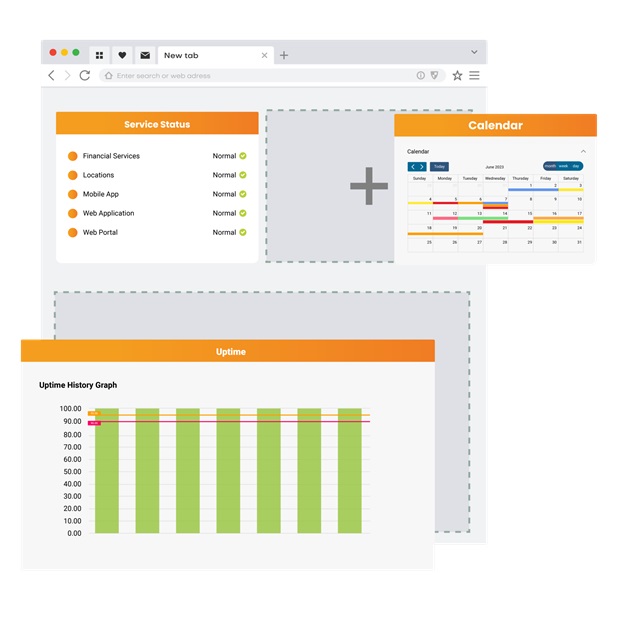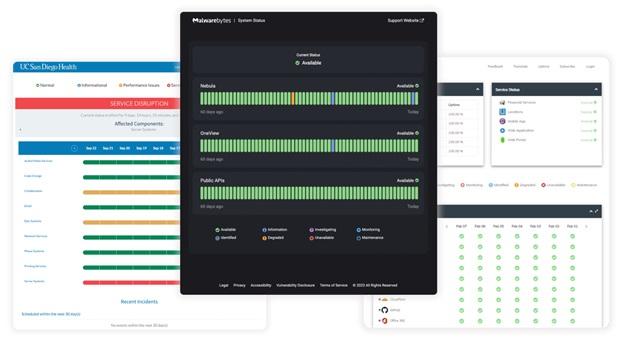What is a Status Page and Why Do You Need One?
If you run a service-providing business, then you probably know how much of a struggle it is to inform everyone when an issue occurs. You must note the end users for sure, but also the responsible parties who will work on resolving the incident and bringing back the services as they were.
So, if you're new in the business, this article is for you. Experienced service providers are aware of the status page's importance. But newbies must understand why public and private status pages are used, what is a self-hosted status page, and how you tailor these platforms to specific audiences.
Interested to learn more about it?
Let's get there!
Understanding What is a Status Page?
A status page is practically a web service containing real-time information about the current status of a specific service, website, or software. When integrating such a solution, you enable transparent communication between you, the stakeholders, and surely the customers who are most important in this chain.
In general, every status page gives information about the current service status, i.e., if it operates normally, has issues, or is under maintenance. Also, you can offer detailed insights into incident reports, the nature of the problem, and how your team manages to resolve it.
Additionally, you can use your status page to inform about the upcoming maintenance and temporary downtimes so everyone can be ready for that.
Why is the Status Page Important for You?

As a service provider, you must be transparent to the users and inform them about the service changes or issues. That way, you build trust, making you a preferred service provider for the target audience.
Another benefit is reducing the support tickets because everyone can check what happens instead of sending countless emails. That way, the dedicated team is focused on the issue, ensuring all the services are up as soon as possible.
Self-hosted status pages give you greater control over how you host and customize the status page, improving your overall brand image.
When is The Right Time to Use the Status Page?
When it comes to transparency, communication, and enhancing services, it's always the best time to improve them by integrating status pages. And it's essential for many reasons, including:
- Crisis communication, to encourage the users to check on the status page before "attacking" you with emails and IT support tickets
- Great user satisfaction because you show these people you care for them by informing them about every disruption
- Brand credibility boost because you're focused on customers, and you take the service seriously
But if you think about how to choose the right status page - don't worry - we got you!
First, you must consider factors like monthly budget and needed features. Then, you have to decide if you want more control and flexibility or some convenient solution provided by the status page company. It's also important to find the best provider on the market so you won't have problems setting things up.
Remember, self-hosted status pages are more expensive and more demanding, but they offer more options for customization. On the other hand, the standard public and private status pages may not have many customization options, but they work perfectly for their purpose.
Key Takeaways
The service-providing business market is pretty competitive, and taking care of your existing customers is crucial if you want to survive. And maybe status pages don't seem like the first thing to deal with, but surely you must consider them to maintain trust and transparency with your users.
So, whether you choose the self-hosted option or a third-party status page provider, you should know that you invest in effective communication, commitment to customers, and ensuring you provide the best possible service. Surely, it looks like a small thing to do, but it makes a huge difference when providing service to your customers.

